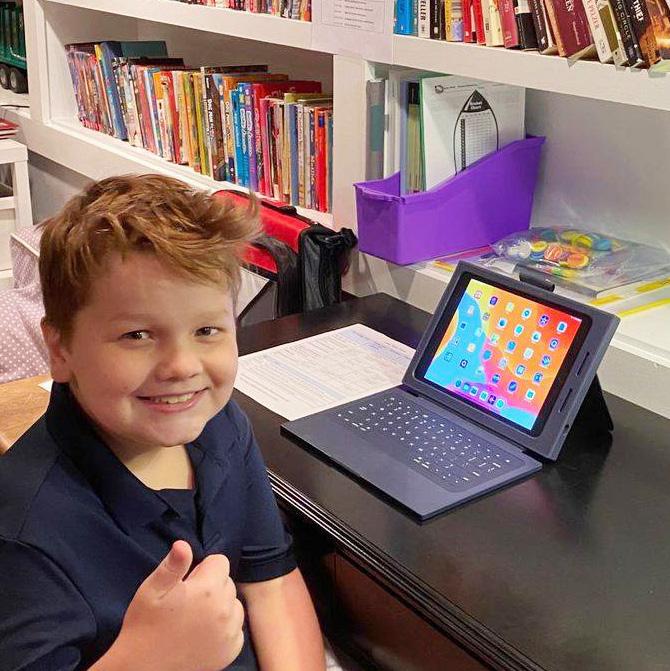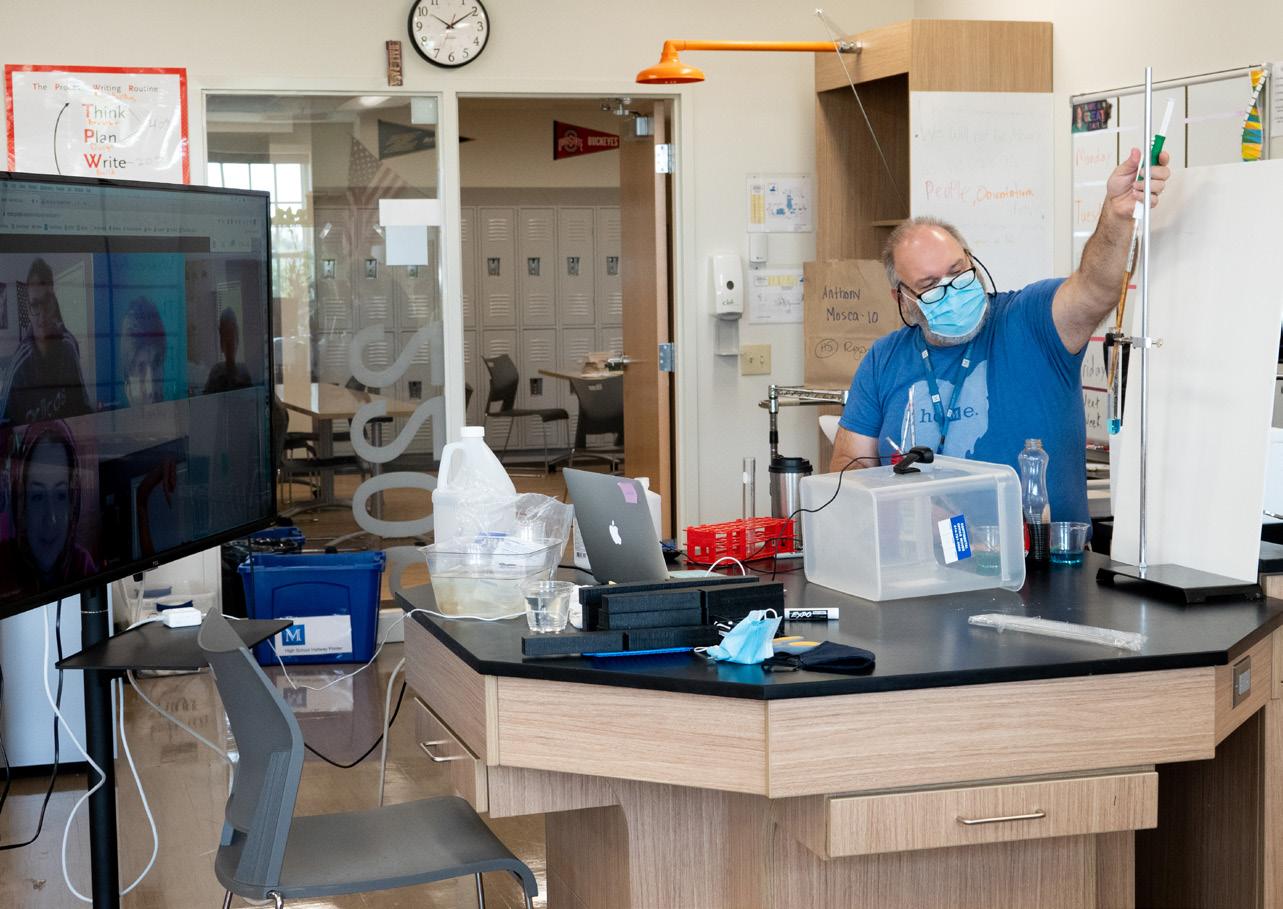
4 minute read
Dealing with Disruption
IT STARTED WITH A FEELING of uncertainty and unease. There were flashes of what was to come but nothing seemed quite in focus. January and then February brought news of the coronavirus— COVID-19—but it seemed to be taking hold overseas, not here. Seemingly overnight COVID-19 was dominating every newscycle as the unimaginable magnitude and scale of the crisis started to sink in. And yes, it was here. Borders began to close, markets became unstable, and the John Hopkins Coronavirus Resource Center reporting dashboard was bookmarked in everyone’s browser as we watched the ticker climb. Never in our lifetimes have we experienced this type of threat and overall disruption.

unclear what to believe, when to act, and when we did, what to say. Decisions needed to be made, and as soon as we would reach a resolution, the landscape or information would change, and we would be sent back to the drawing board. This went on for weeks. We had no idea what it would mean to our community of students who depend on us each day for education and social-emotional support.
Our go-to remained our core values, the faith in good people making decisions that keep students and families first, and our community’s patience and trust as we weathered the “unprecedented time” together.
are still in the throes of the pandemic, but we have made sure to carve out places of normalcy, catch our breath, and recharge so we can continue to work through this world health crisis while still delivering the educational needs to students who need us. We’re proud to be an organization that seeks to leverage opportunities and, in an industry that is slow to change in many ways, be on the forefront of innovation.
ACademiC RespOnse When the school was required to close in March, our faculty and staff realized that an all-virtual option was a challenge for our students, perhaps more so than other populations. While we recognized that structure, routine, and shorter learning segments helped keep students focused and on track, we also understood that parent assistance at home was not always possible, as oftentimes parents were working in and outside of the home during this time. With this knowledge, the school decided to prioritize language, math, and Panther block with live classes.
Small groups were put in place to keep the learning interactive and as manageable as possible as students learned to navigate their new digital classroom.
Lessons were learned in the spring by faculty and staff that informed a more robust program for the first four weeks of virtual learning at the beginning of the 2020-2021 school year, and summer educational touchpoints for students were designed to mitigate the COVID slide.
While everyone was attached to their monitors and sequestered at home, social media was used to band together communities for some incredibly creative and innovative projects like the art challenge from the Getty Art Museum in Los Angeles that asked individuals to take famous works of art from its online collection and re-imagine them using objects, pets, and other articles from around the home.
Art teacher Sally Sayre presented the Getty Art Museum Challenge to her High School students. “The Getty Challenge was so great because students had to be very creative with the items in their homes,” she said. “It also forced my students to look at some master paintings! Also, it’s just fun, and sometimes the fun of art gets totally lost, then art becomes too self-important and pretentious. During the shutdown, fun was something everyone needed.”
Rachel Ammons, Marburn’s music teacher, encouraged students to make musical instruments at home and demonstrated in a video how she made a bagpipe from household items. Lower Division teacher, Donna Hawkins, delivered books to students from her car using a rake to hand each book to students in order to maintain social distance. Marburn even celebrated online learning with its first ever Virtual Spirit Week where students were encouraged to share photos from home of Crazy Sock Day, Pajama Day, Hat Day, Twin Day, and Marburn Spirit Wear Day.
New technology tools were also introduced with programs like Flipgrid, where teachers could create discussion topics and students could respond with short videos shared with the class. Jamboard, Google’s virtual whiteboard, allowed students to collabOur local Ohio History Connection (OHC) was equally quick to adapt its programming for area schools unable to visit the center. The OHC not only offered a “learn at home” section of its website, but also created age-appropriate content and videos in lieu of field trips. Social Studies teacher Lexi Kelley found the video about the underground railroad and the life story of John Parker to be particularly engaging with her students. “It was so helpful to have these resources to bring the material to life,” she said.
During the school’s closure in the spring, teachers recorded all of their online sessions with students so that any student who couldn’t attend was able to access the recordings later. Approximately 98,000 minutes of online sessions were recorded each month during the school closure.

Marburn kicked off summer break 2020 with another Continued on next page
“Your teachers are rock stars with distance learning. We couldn’t be happier with everything Marburn has done—the level of communication, the easily accessible daily work lists, the end of week recap sent by each teacher, and all of the online learning sessions. You guys went above and beyond in your commitment to ensuring the kids were learning!” —nikki memmelaar, Marburn Parent












